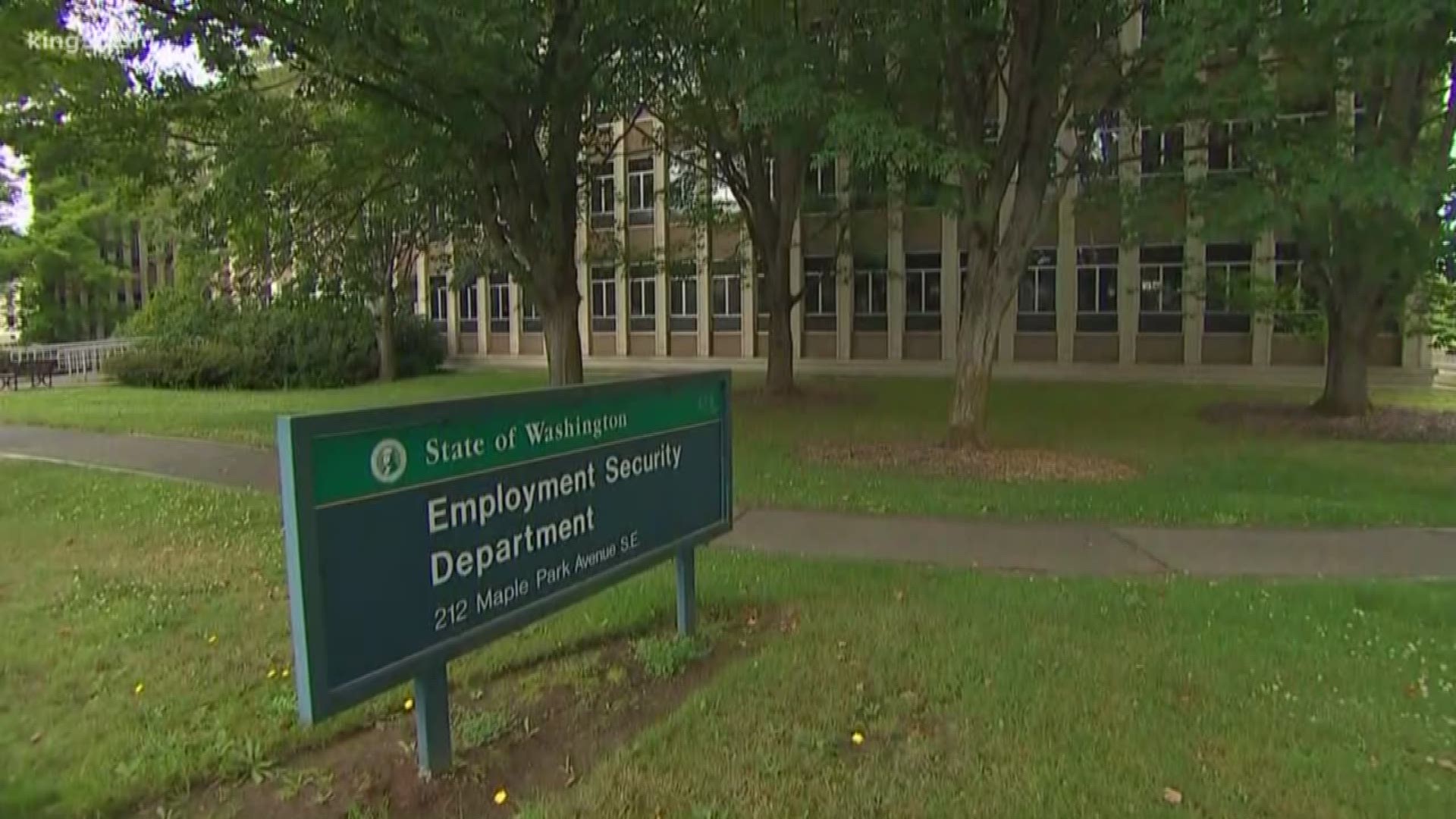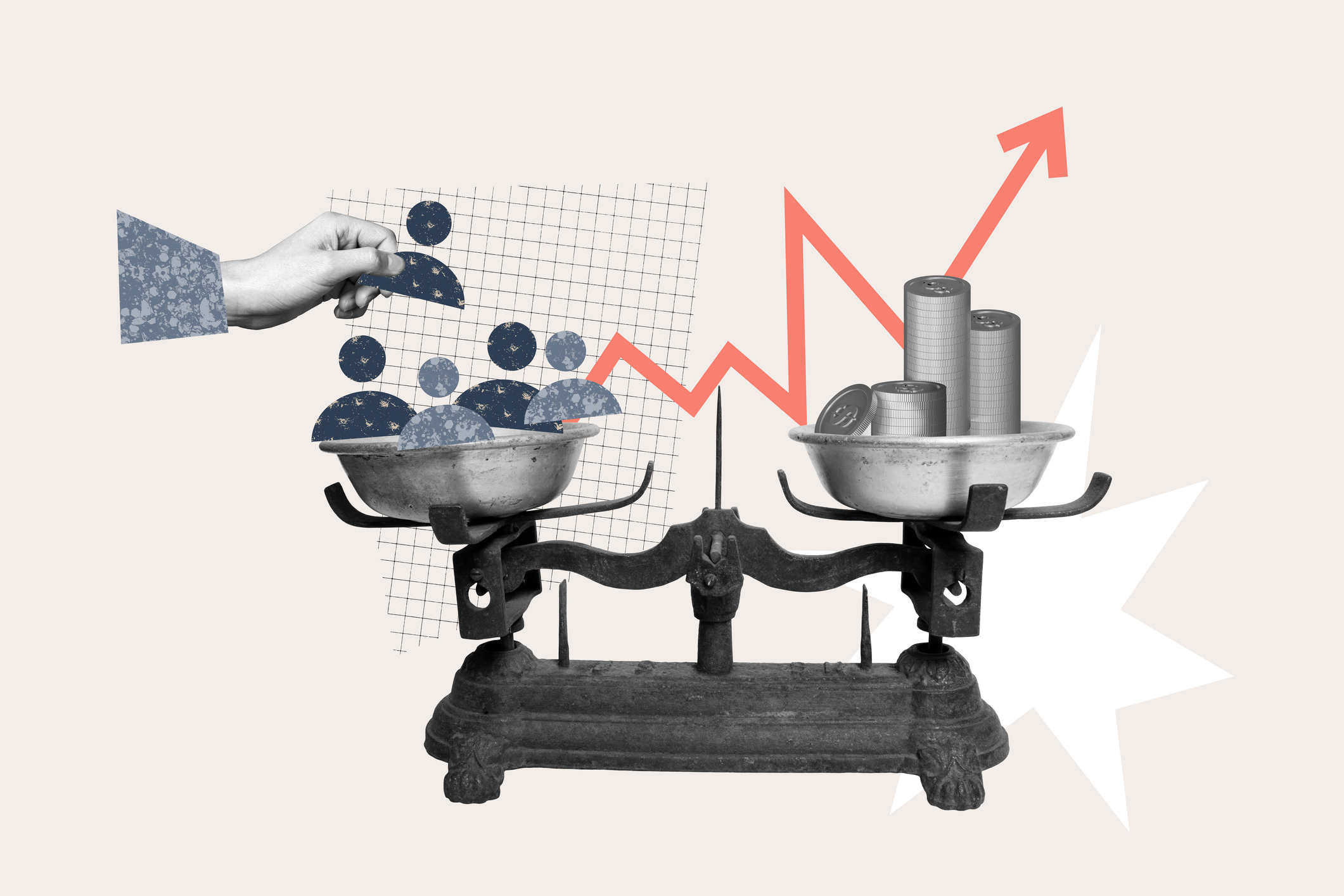It looked like taxpayers were going to be provided a new tax transparency resource when lawmakers adopted the 2018 supplemental budget. The budget included a proviso that would have created an online searchable tax database where citizens could find their state and local tax rates (such as property and sales taxes) by entering a zip code, street address, or by clicking on a map showing individual taxing district boundaries. An online calculator would have been provided for educational purposes, to allow individuals and business owners to estimate their total tax burden and which officials are responsible for imposing it on them.
This tax transparency budget proviso was based on language from SB 6590 (Concerning transparency in state and local taxation) that was sponsored by Senators Fain and Palumbo. Governor Inslee, however, vetoed the bipartisan budget proviso for a tax transparency website.
Surprised by this veto I sent the Governor’s office a records request for any details that would shed light on how this decision was reached. I learned, however, that there are no public records relating to this veto other than the veto message:
“Section 135(4), pages 59-60, Department of Revenue, Tax Database. The budget provides $150,000 to the department to create a publicly available online searchable database of all taxes and tax rates in the state for each taxing district. This is the same provision that was included in Senate Bill 6590 which had a fiscal note of $1,219,800 for creation of the database. This project cannot be done for the $150,000 provided in the budget. For this reason, I have vetoed Section 135(4).”
Though not a direct apples to apples comparison, there is a benchmark we can use to compare the cost estimate for the tax transparency website. Based on the experience with the state’s budget website (fiscal.wa.gov), the fiscal note for SB 6590 was likely on the very high end. According to the Legislative Evaluation and Accountability Program Committee (LEAP), the startup costs for fiscal.wa.gov was approximately $300,000 with operating costs of around $190,000. This is clearly higher than the $150,000 allocated in the 2018 supplemental for the tax transparency website but far below the $1.2 million fiscal note for SB 6590.
Going forward there are a couple of options for lawmakers: They could work to refine the proposal to reduce the fiscal note or could adopt a new proviso in the next budget to increase the money allocated to closer to the costs experienced for fiscal.wa.gov. Realizing the bipartisan nature of this proposal and the fact lawmakers have already voted to implement this taxpayer transparency resource, Governor Inslee should also consider funding it in his 2019-21 budget proposal due in December.
Senator Palumbo told me about the veto:
“I understand the concerns with the level of appropriation for this bill. I look forward to working with the Governor’s office and our budget leads to either trim the costs, provide additional funding, or both, during the 2019 session.”
There are approximately 1,800 taxing districts in the state whose officials impose various taxes on Washingtonians. There is no single resource, however, to help individuals and businesses learn which taxing districts and rates they are subject to, and how much officials in each taxing district add to their total tax burden. A typical home, for example, can be located in as many as ten different taxing districts. Increasing the ease of public access to state and local tax rates would enhance trust in government and increase the public’s understanding of the cost of government services. Improved transparency would also facilitate meaningful tax competition among taxing districts, because taxpayers could compare different tax burdens based on where they decide to live or locate their businesses.
Senator Fain told me about the ongoing need for a tax transparency website:
"Even legislators have a tough time understanding how tax dollars are spent. With our state's complex system of state and local taxation and thousands of different taxing districts across Washington we need a state-level solution that fosters transparency and accountability."
To help improve the transparency of state and local taxation it is our hope lawmakers will act again next session on this bipartisan proposal to create an online searchable database of all tax districts and tax rates in the state. Hopefully the Governor will sign it into law next time.
Additional Information
New bill would provide transparency for state and local taxation
State searchable budget website goes live today (2010)





